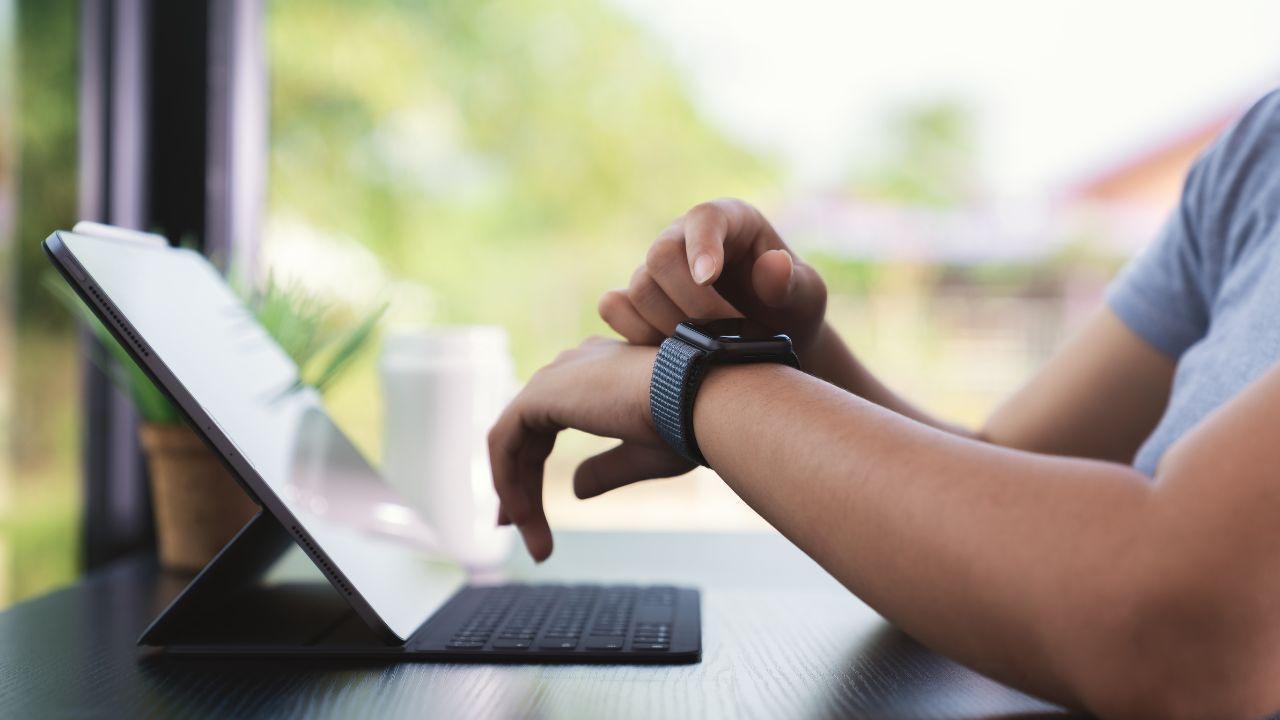
Post by : Zayd Kamal
In today’s rapidly advancing world, technology is continually evolving, shaping how we interact with the world around us. Among the most transformative innovations in recent years is wearable technology. These smart devices, worn on the body, are not just tools but companions that help monitor our health, connect us to the digital world, and enhance our daily activities. From fitness trackers to smartwatches and even smart clothing, wearable tech is redefining how we live. But how did this revolution start, and what does the future hold for wearable technology?
Wearable technology refers to gadgets that can be worn on the body, allowing users to interact with and receive real-time data. These devices often come equipped with sensors, processors, and connectivity features, enabling them to track, monitor, and provide feedback about a user’s physical state. The most common examples include fitness trackers, smartwatches, and wearable cameras. These devices offer a unique blend of convenience, style, and functionality, making them indispensable in today’s tech-driven world.
The history of wearable technology dates back to the 1960s, but it wasn’t until the late 2000s that the modern era of wearables began to take shape. One of the first major milestones in wearable tech came with the creation of the pedometer, a simple device designed to track steps. As technology advanced, the idea of transforming ordinary accessories like watches into high-tech gadgets took off. In 2012, the Pebble Watch hit the market, marking one of the first mainstream smartwatches, capable of syncing with smartphones. The launch of the Apple Watch in 2015, however, truly changed the game. It brought wearable tech into the spotlight, combining fitness tracking, connectivity, and stylish design all in one device. This development sparked a wave of innovation and competition in the industry, paving the way for a variety of wearables to emerge.
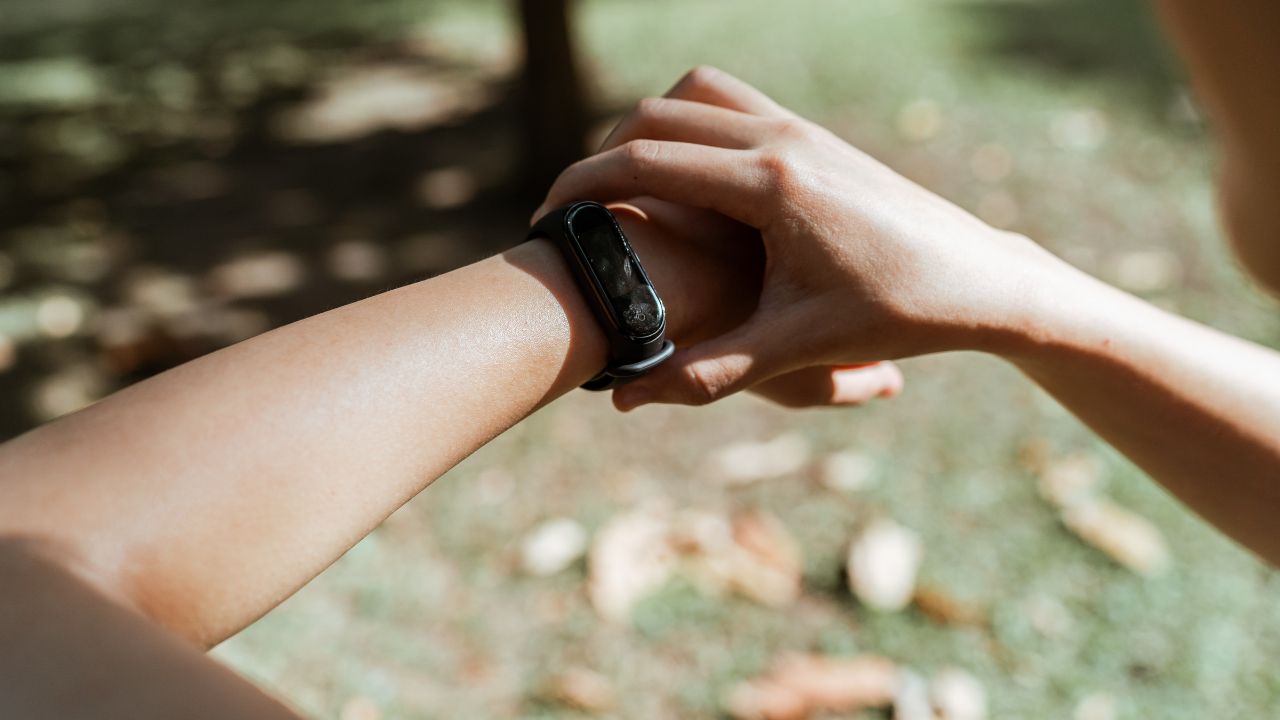
One of the key areas where wearable technology has made a significant impact is in health and fitness. Devices like the Fitbit and Apple Watch are designed to monitor a wide range of health metrics, such as heart rate, calories burned, steps taken, and even sleep patterns. This real-time feedback allows users to set goals and track progress, helping them lead healthier lives. Wearables have become essential tools for people trying to get fit, lose weight, or maintain an active lifestyle. The growth of wearable fitness technology has made tracking workouts and health data easier and more accurate than ever before.
Beyond general fitness, wearable tech has made a major contribution to healthcare. Smartwatches and other devices can now monitor vital signs, detect abnormal heart rhythms, and even send alerts in case of emergencies. This real-time data can be invaluable, especially for individuals with chronic conditions. For instance, people with diabetes can use wearables to track blood sugar levels, while heart patients can benefit from continuous monitoring of their heart rate and rhythm. This seamless integration of technology into healthcare is revolutionizing how patients manage their conditions and improving overall quality of life.
While smartwatches and fitness trackers are the most common forms of wearable technology, the rise of smart clothing is another exciting trend in the wearable tech landscape. Smart clothing incorporates sensors and technology directly into garments, allowing them to track physical activity, body temperature, or even monitor posture. Smart shirts that measure heart rate or smart socks that detect temperature changes are just the beginning of this revolution. These innovations open up a wide range of possibilities for athletes, medical professionals, and anyone looking to monitor their health more effectively.
The growth of smart textiles is another significant development in the wearable tech sector. These fabrics are designed to collect data on the wearer’s movements, environment, and health metrics. For example, researchers are working on fabrics that can change color based on the surrounding temperature or light conditions, providing not only functionality but also a new level of interactivity in clothing. As technology continues to advance, the lines between fashion and technology will continue to blur, offering consumers even more exciting and practical options.
The potential applications of wearable technology extend beyond personal use and fitness. In the workplace, wearables are becoming powerful tools for increasing productivity, enhancing safety, and improving efficiency. In industries like manufacturing, construction, and logistics, wearable devices like smart helmets or smart glasses help workers perform tasks more safely. For example, smart helmets with built-in sensors can detect signs of fatigue, alert workers about potential hazards, or even prevent accidents by monitoring vital signs. Similarly, wearable cameras can provide real-time feedback for training or operational efficiency.
In office environments, wearable technology is helping employees stay healthy and productive. Wearables that track posture or remind individuals to take breaks can help prevent injuries caused by long periods of sitting. Additionally, wearables that monitor stress levels or heart rate variability can provide valuable insights into mental well-being, enabling employees to manage stress and improve their overall health. This integration of wearables into the workplace demonstrates how technology can play a critical role in both physical and mental wellness.
As wearable technology continues to grow, the possibilities for its future seem endless. One of the most promising advancements is the ability of wearables to monitor health more effectively and comprehensively. With improved sensors and artificial intelligence, future wearables may be able to predict health issues before they become critical, providing alerts and early warnings for conditions like heart disease, diabetes, or even cancer.
Another exciting area is the integration of Augmented Reality (AR) and Virtual Reality (VR) with wearables. Smart glasses, for example, could provide AR overlays that display useful information about the environment, such as directions or nearby landmarks, enhancing the way we interact with the world around us. VR headsets paired with wearables could offer fully immersive experiences for gaming, education, or virtual travel.
The future of wearables will also likely see more fashionable designs. As technology advances, wearables will continue to blend seamlessly with everyday clothing, offering consumers both style and function. The rise of smart fabrics and interactive clothing could redefine fashion as we know it, making it more personalized and high-tech.
The article discusses the rapid growth of wearable technology, exploring how devices like smartwatches, fitness trackers, and smart clothing are transforming everyday life. It highlights the history, advancements, and future potential of wearables, particularly in health, fitness, and workplace safety. Wearables are not only tracking physical activity but also monitoring health metrics, improving productivity, and offering new opportunities in industries like healthcare and fashion. As wearable tech continues to evolve, innovations such as smart fabrics and augmented reality promise to further enhance their functionality and integration into daily life.
Disclaimer: The views and opinions expressed in this article are based on research and current trends. For more updates and the latest news, please visit dxb news network.
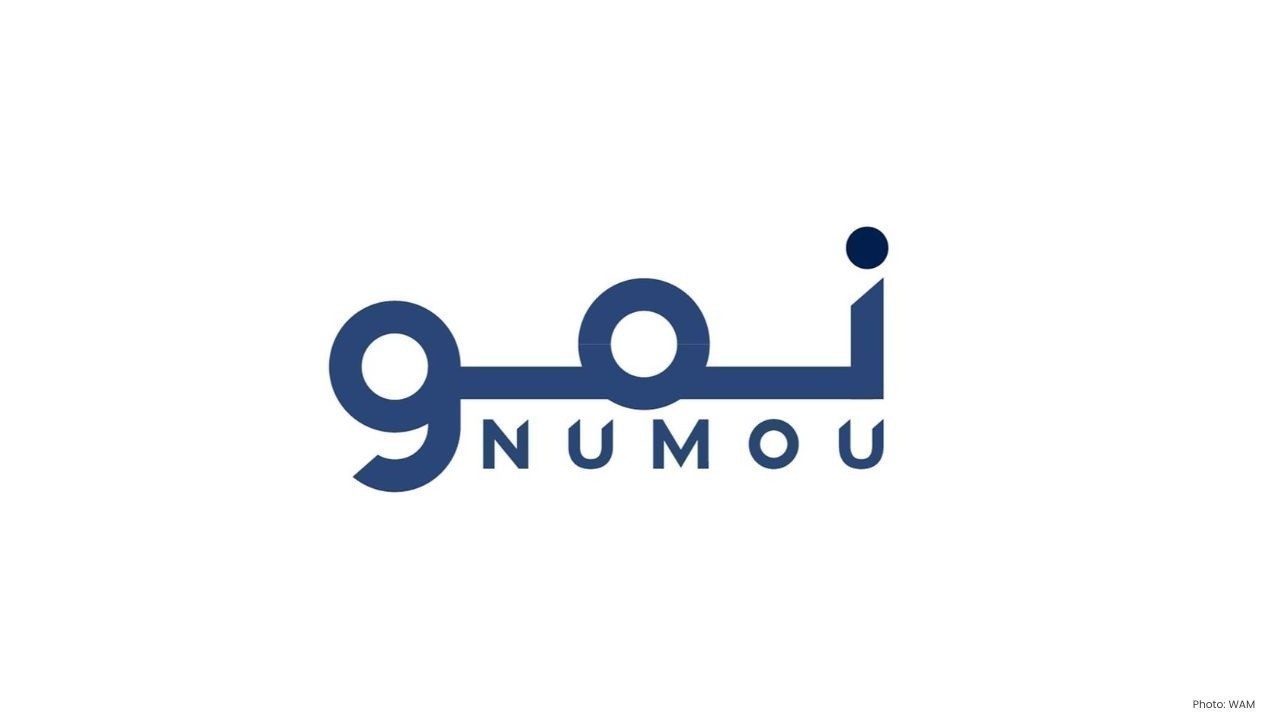
Numou Launches Procurement Financing to Support SMEs in Abu Dhabi
The new Procurement Financing by Numou aids UAE SMEs in overcoming cash flow hurdles, enhancing acce
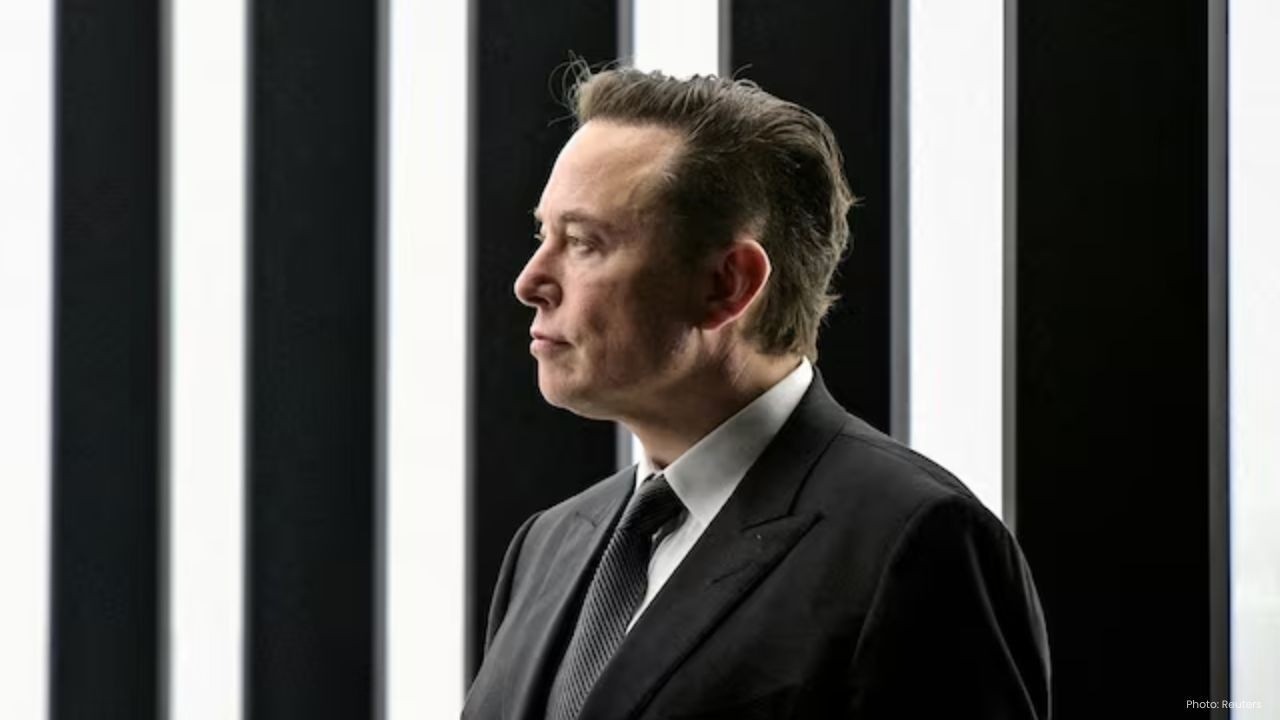
Elon Musk Envisions a Future Where AI Takes Over All Jobs, Liberating Humanity
Elon Musk predicts that AI and robots will supplant jobs, granting people freedom and a universal in
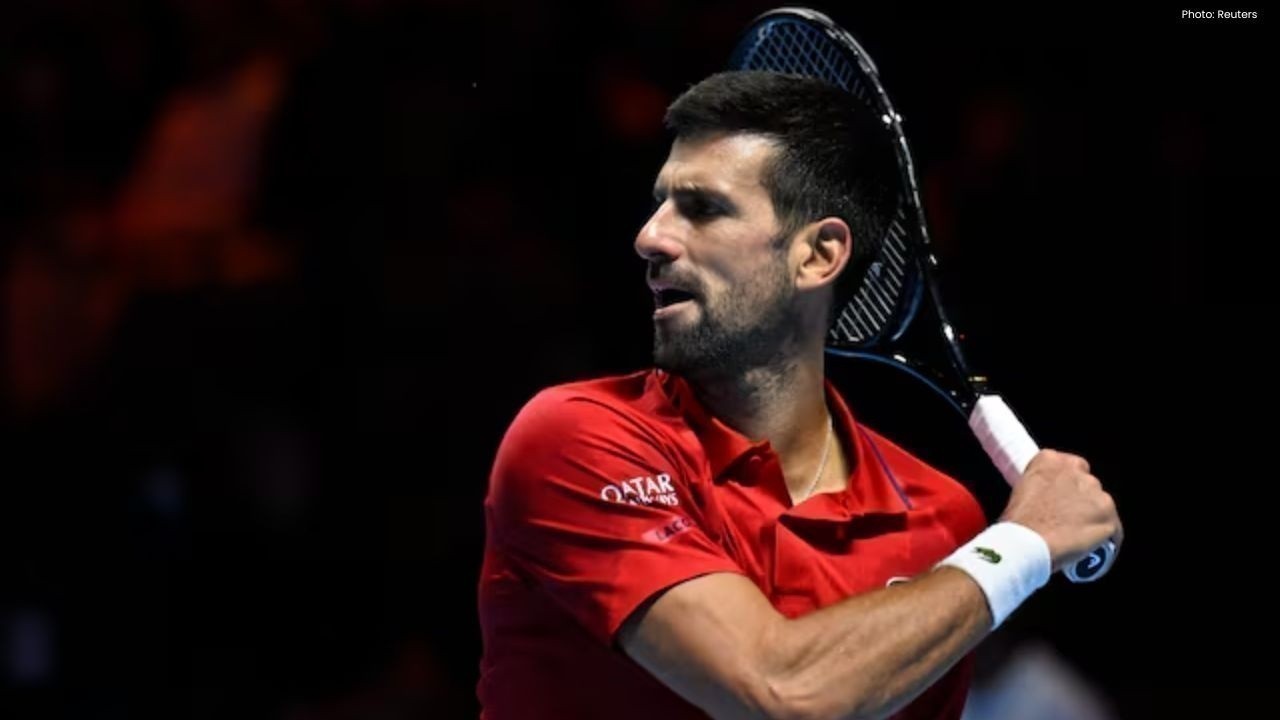
Djokovic Opts Out of 2025 Paris Masters Tournament
Novak Djokovic revealed he'll miss the 2025 Paris Masters, reminiscing about past victories without

AT&T Exceeds Subscriber Expectations with iPhone 17 Campaign
In Q3, AT&T gains 405K wireless subscribers via iPhone 17 promotions, despite a slight revenue short
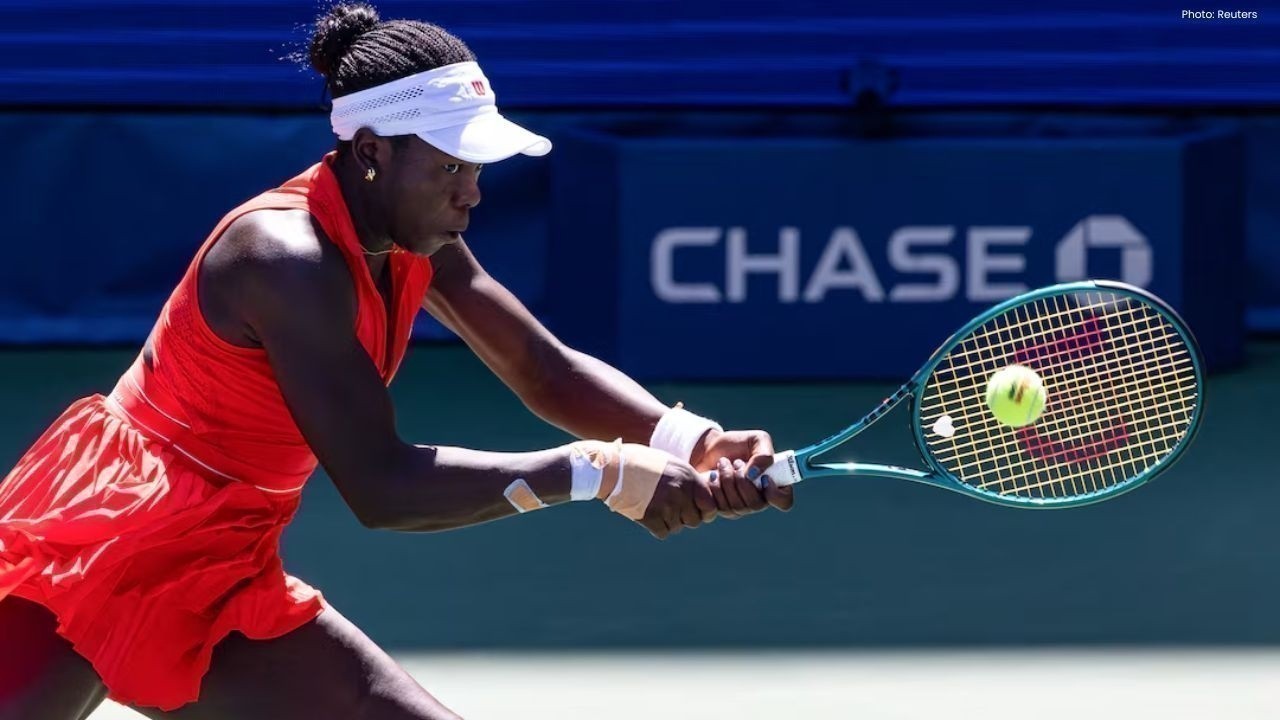
Mboko Shines Brightly to Reach Tokyo Quarter-Finals
In under an hour, 19-year-old Mboko secures her place in the Tokyo Quarter-Finals, showcasing precis
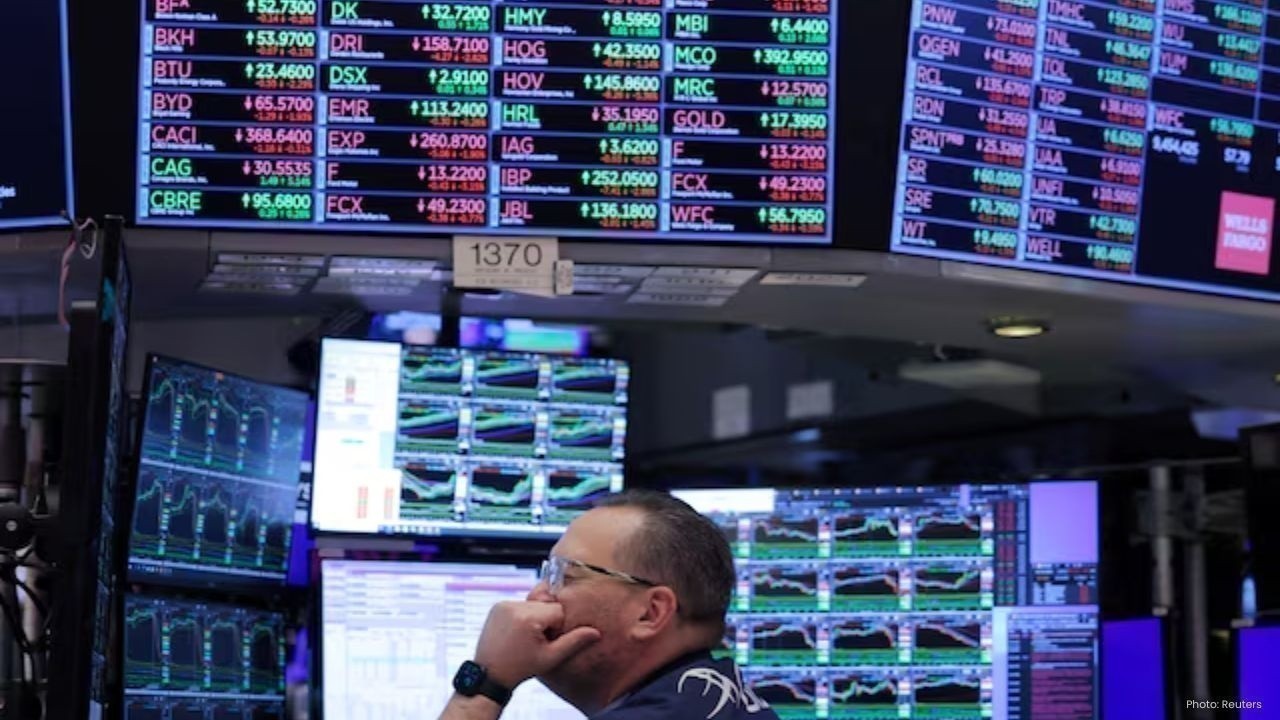
U.S. Economic Growth Surges Amid Uncertainty Over Data
The U.S. GDP has risen by 3.9% in Q3, yet concerns about a government shutdown and labor market issu
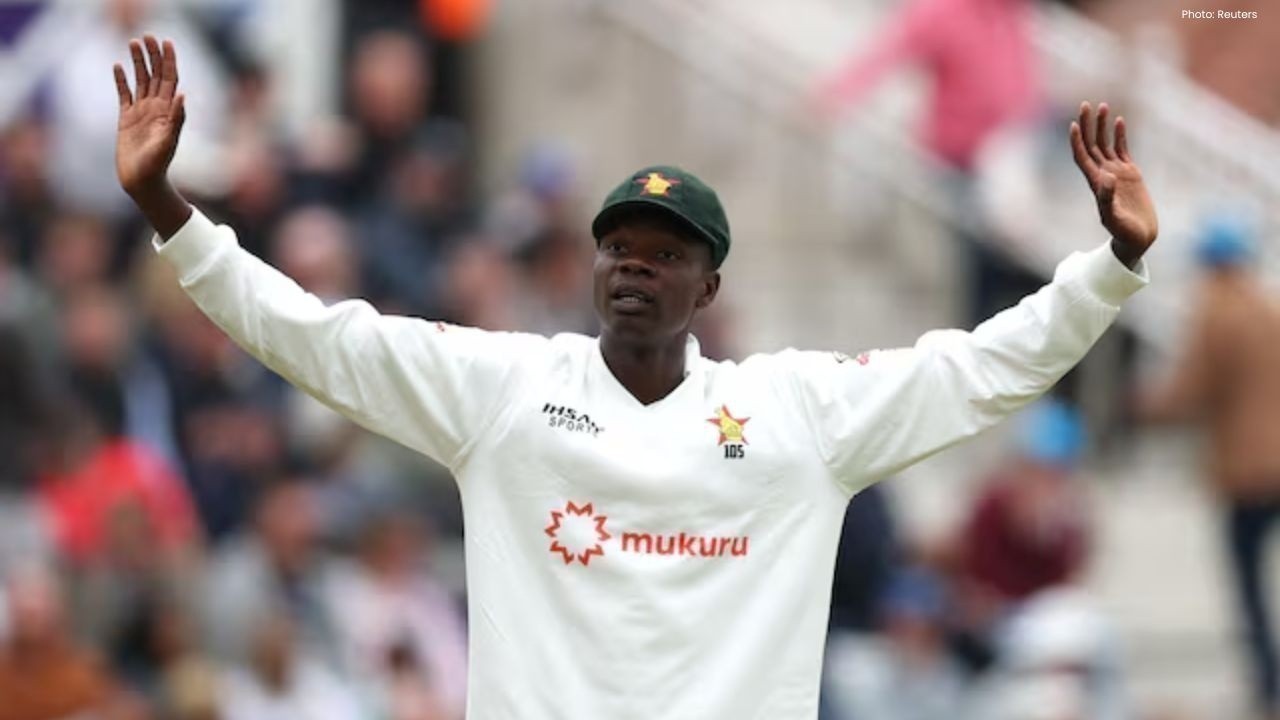
Zimbabwe Celebrates Historic Test Triumph Over Afghanistan
Zimbabwe marked its first home Test win in a decade, dominating Afghanistan by an innings and 73 run

Mboko Shines Brightly to Reach Tokyo Quarter-Finals
In under an hour, 19-year-old Mboko secures her place in the Tokyo Quarter-Finals, showcasing precis

Zimbabwe Celebrates Historic Test Triumph Over Afghanistan
Zimbabwe marked its first home Test win in a decade, dominating Afghanistan by an innings and 73 run

Dodgers Reveal Pitching Lineup for World Series Clash with Blue Jays
Dodgers' manager Dave Roberts has revealed the World Series starters, with Blake Snell taking Game 1

Warriors Defeat Lakers; Thunder Triumph in Epic Triple Overtime
Warriors claim victory over Lakers 119-109; Thunder win an intense triple OT thriller against Rocket

Mumbai Singer Actor Rishabh Tandon Dies Suddenly at 35
Mumbai’s singer actor Rishabh Tandon dies at 35 after a sudden heart attack in Delhi leaving fans an
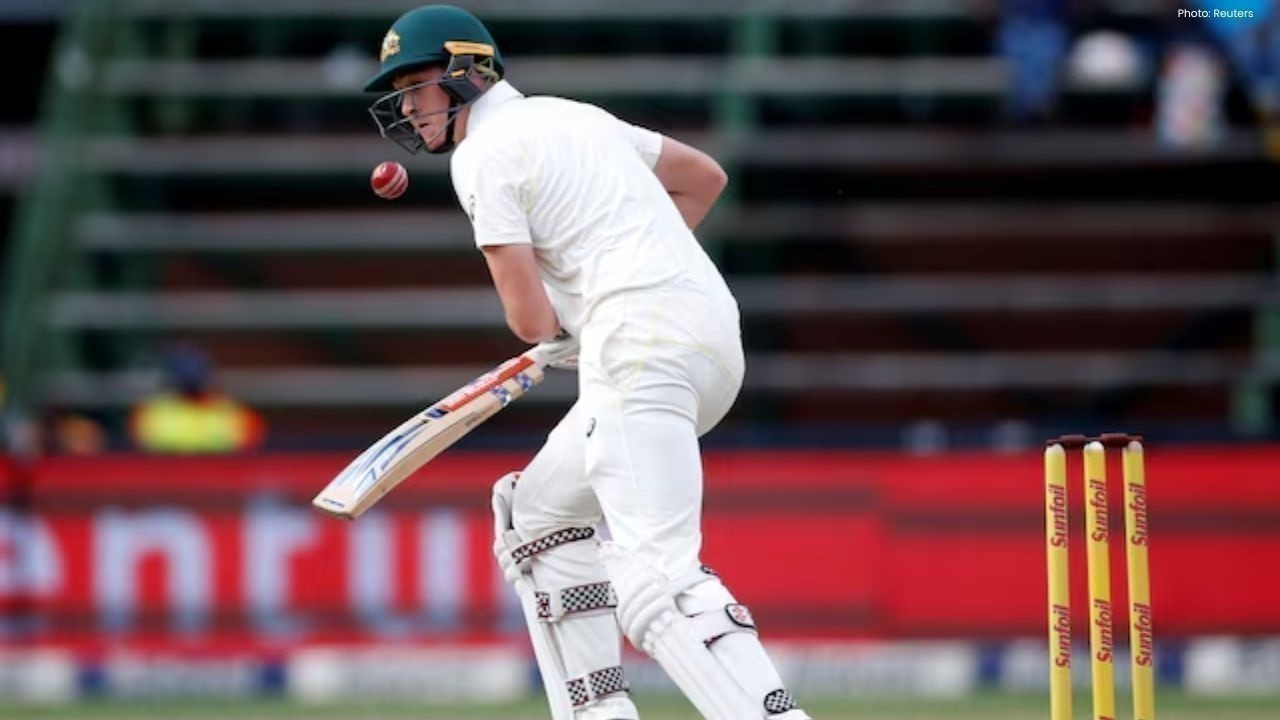
Renshaw Prioritizes Personal Growth Over Ashes Buzz
Matt Renshaw emphasizes self-improvement over Ashes discussions as he aims for a Test comeback.

Arctic Athleisure Stylish Performance Wear for Urban Winters
Discover Arctic Athleisure where high performance fabrics meet urban style for warm comfortable and
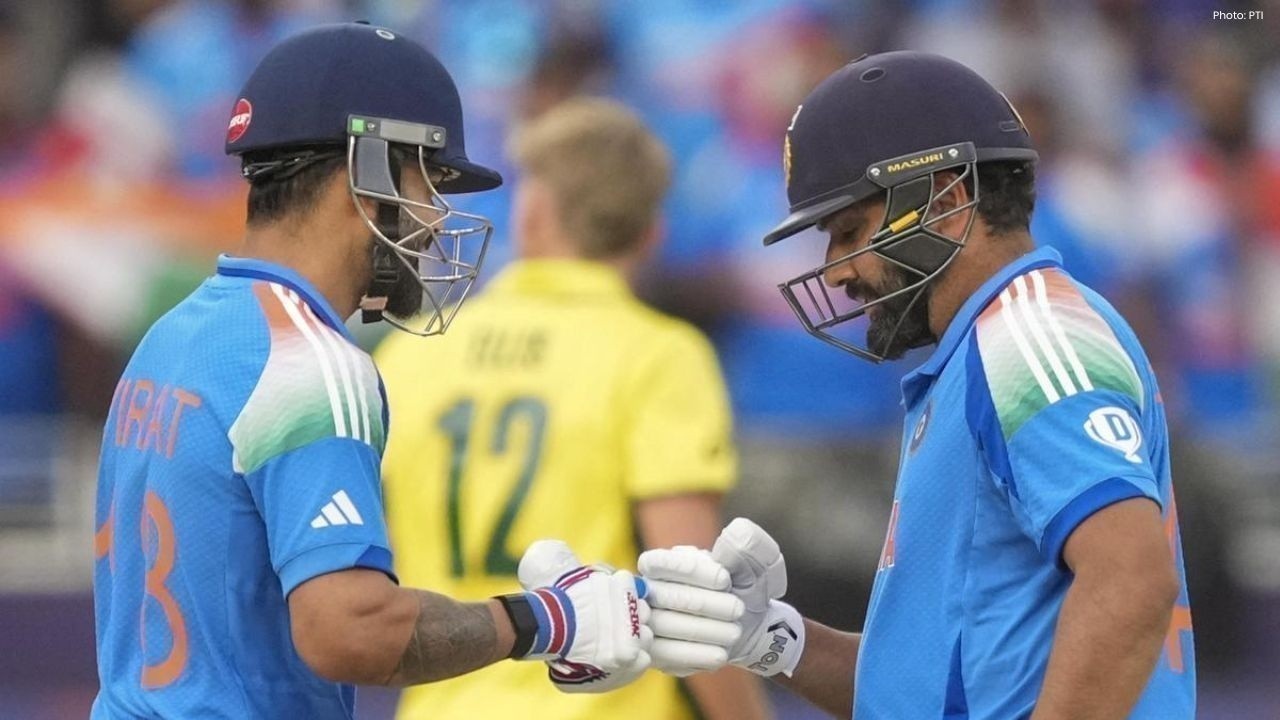
Ponting Stands Firm on Kohli and Rohit Following ODI Setback
Ricky Ponting insists Virat Kohli and Rohit Sharma are still key players for India despite a recent